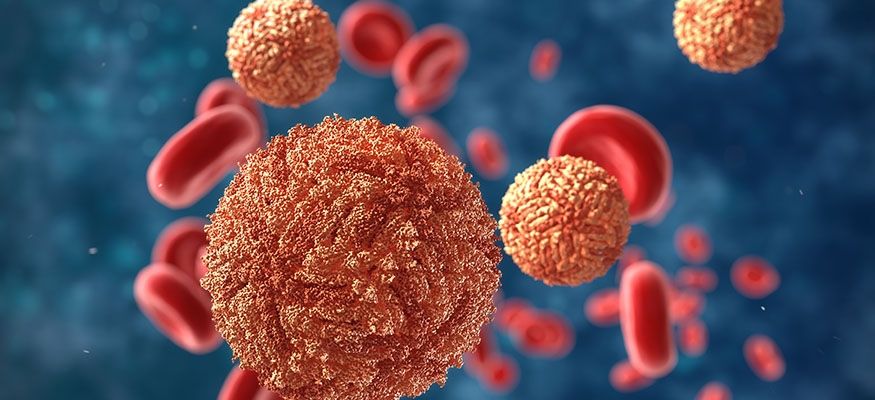The mystery illness primarily affecting malnourished children in the Democratic Republic of Congo (DRC) has been identified as a severe form of malaria. The disease, which initially caused alarm and was temporarily dubbed “Disease X,” has sickened nearly 600 people and claimed the lives of 143, mostly children.
On Tuesday, the DRC’s health ministry announced the findings. “The mystery has finally been solved. It’s a case of severe malaria in the form of a respiratory illness,” the ministry stated. The outbreak occurred in the Panzi health zone of the southwestern Kwango province.
Malaria, which is endemic in the DRC, is caused by the Plasmodium parasite, transmitted to humans through the bites of infected mosquitoes. The illness often manifests with flu-like symptoms, including fever, chills, and severe headaches. In this outbreak, patients also experienced respiratory symptoms such as coughing, shortness of breath, and difficulty breathing. Acute anemia, another symptom of severe malaria, has been frequently observed.
According to the World Health Organization, respiratory symptoms can occur in severe malaria cases, adding clarity to the outbreak’s presentation. Doctors initially feared the illness might be a novel or highly transmissible respiratory virus, raising concerns of a potential wider epidemic. However, malaria’s mode of transmission via mosquito bites inherently limits its spread compared to airborne diseases.
The Centers for Disease Control and Prevention (CDC) emphasizes that malaria, though potentially deadly, is curable if diagnosed and treated promptly. The CDC advises anyone with malaria symptoms—especially travelers who may have been exposed—to seek medical attention immediately. Quick treatment is crucial, as the disease can progress from mild to severe, potentially leading to fatal complications.
By identifying the outbreak as malaria, health officials hope to focus on treating those affected and preventing further cases by controlling mosquito populations and enhancing access to healthcare in the affected regions.
 Telegram is where we really talk. Don't miss out!
Telegram is where we really talk. Don't miss out!








